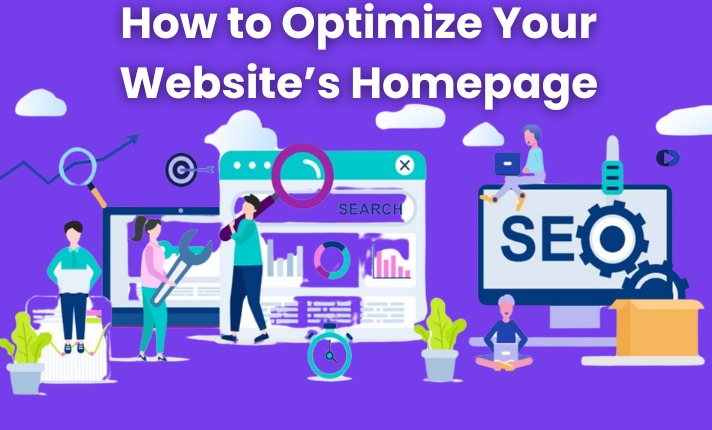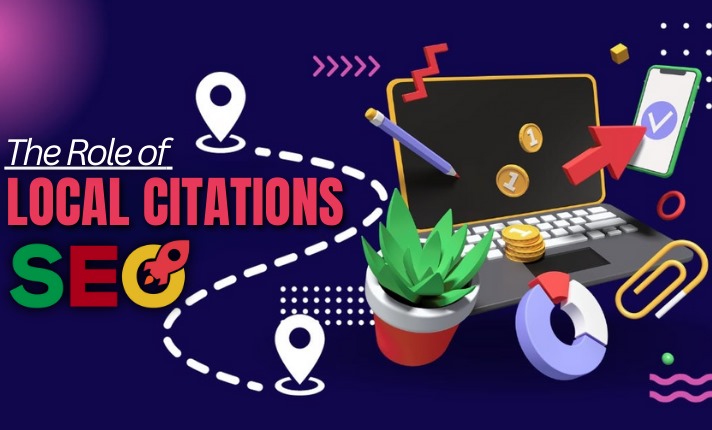
Introduction
Your website’s homepage is often the first impression potential customers have of your business. Optimizing it is crucial for both user experience and search engine rankings. In this guide, we’ll explore practical tips to enhance your homepage, ensuring it attracts and retains visitors while improving your SEO.
Why Homepage Optimization Matters
Your homepage serves as the gateway to your website, influencing user perception and engagement. An optimized homepage can:
- Improve load times, reducing bounce rates.
- Enhance user experience, leading to higher engagement.
- Increase search engine visibility, driving more organic traffic.
1.Conduct a Comprehensive Audit
Before making changes, conduct a thorough audit of your homepage. Use tools like Google Analytics and Google Search Console to understand current performance and identify areas for improvement.
2. Optimize for Speed
A slow-loading homepage can deter visitors. Use these tips to improve load times:
- Compress Images: Use tools like TinyPNG to reduce image file sizes without compromising quality.
- Enable Browser Caching: Store static files locally to speed up repeat visits.
- Minimize HTTP Requests: Reduce the number of elements on your page to decrease load times.
3. Craft a Clear&Compelling Value Proposition
Your value proposition should be immediately apparent. It should:
- Highlight what sets your business apart.
- Address customer pain points.
- Be concise and impactful.
4. Use Engaging and Relevant Visuals
High-quality visuals can capture attention and convey your message effectively. Ensure your images and videos:
- Are relevant to your content.
- Are optimized for quick loading.
- Have descriptive alt text for better SEO.
5. Implement Strong Calls-to-Action (CTAs)
CTAs guide visitors towards desired actions. Effective CTAs should:
- Be clear and compelling.
- Stand out visually.
- Lead to valuable content or conversion points.
6. Optimize for Mobile
With a significant number of users accessing websites via mobile devices, ensure your homepage is mobile-friendly by:
- Using responsive design.
- Ensuring buttons and links are easily tappable.
- Optimizing text size for readability on smaller screens.
7. Include Essential SEO Elements
Incorporate these SEO elements to boost your homepage’s visibility:
- Title Tags: Include primary keywords and keep them under 60 characters.
- Meta Descriptions: Summarize the page content with keywords, within 160 characters.
- Header Tags: Use H1 tags for main headings and H2-H6 for subheadings.
8. Feature High-Quality Content
Content is king in SEO. Ensure your homepage content is:
- Relevant and valuable to your audience.
- Well-structured and easy to read.
- Free from grammatical errors and plagiarism.
9. Internal Linking Strategy
Use internal links to guide visitors to other important pages on your site. This:
- Enhances user navigation.
- Distributes page authority.
- Helps search engines crawl your site more effectively.
10. Leverage Social Proof
Include testimonials, reviews, and case studies to build credibility and trust. Social proof can significantly influence visitor decisions.
11. Monitor and Adjust
Homepage optimization is an ongoing process. Regularly monitor performance metrics and make adjustments based on data insights.
Conclusion
Optimizing your website’s homepage is essential for creating a positive first impression, enhancing user experience, and boosting your SEO. By implementing these strategies, you can create a homepage that not only attracts visitors but also converts them into loyal customers.
If you want to explore how Digital Vibes can help elevate your social media marketing strategy and achieve your business goals, please scroll down and click on our service button to discover our range of services. We are confident you’ll see great results with our service.
Share this post :
Our Service
Get Our Social Media Marketing Service







